NASA Advisory Council Meeting
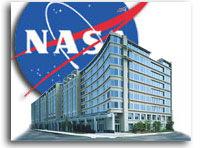
NASA Advisory Council Meeting (dial in info, etc.)
“In accordance with the Federal Advisory Committee Act, Public Law 92-463, as amended, the National Aeronautics and Space Administration (NASA) announces a meeting of the NASA Advisory Council. DATES: Thursday, March 31, 2016, 9:00 a.m.-5:30 p.m.; and Friday, April 1, 2016, 9:00 a.m.-3:00 p.m., Local Time.”
CASIS Is Not The Best Way To Use a Space Station, earlier post
“NASA has made explicit reference to the need to encourage the development of a robust Low Earth Orbit (LEO) commercial infrastructure to evolve so as to allow the agency to redirect its efforts (budget) toward cis-lunar space. When asked what happens if that LEO commercial activity does not appear in a significant fashion to reduce NASA’s LEO costs, NASA says that it will have to reassess its cis-lunar plans. CASIS is poised as the cusp of that nascent LEO commercial infrastructure. Indeed, one might argue, that’s a big part of their assigned task – their prime reason for existing. NASA is talking about doing stuff in cis-lunar space in a few years. If CASIS is the spark for the whole LEO commerce thing then someone needs to replace their spark plug – now.”
 Keith’s note: CASIS is among the topics to be discussed. WRT the tweets below, there’s a #JourneyToMars drinking game underway.
Keith’s note: CASIS is among the topics to be discussed. WRT the tweets below, there’s a #JourneyToMars drinking game underway.
|
|
|
|



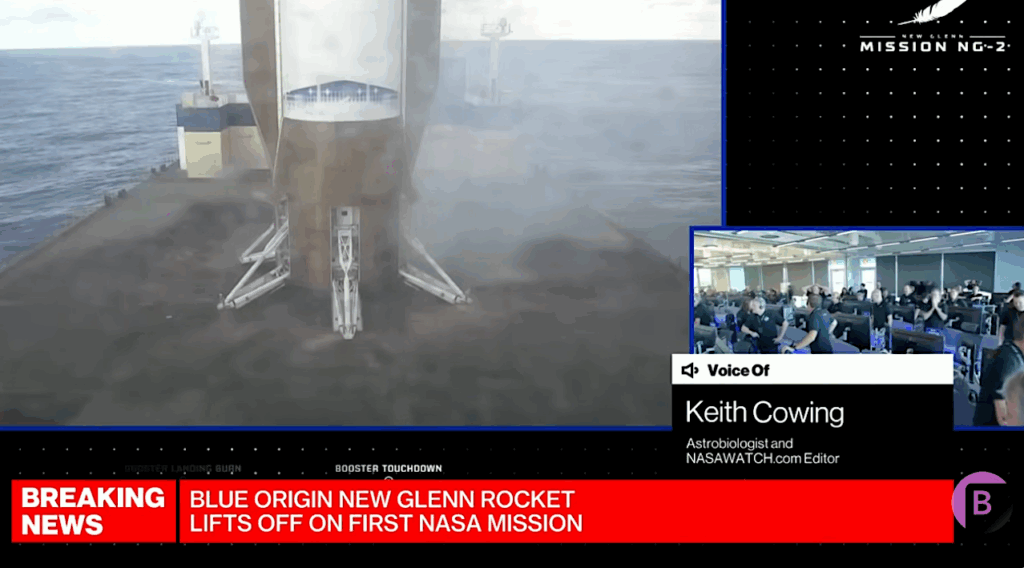

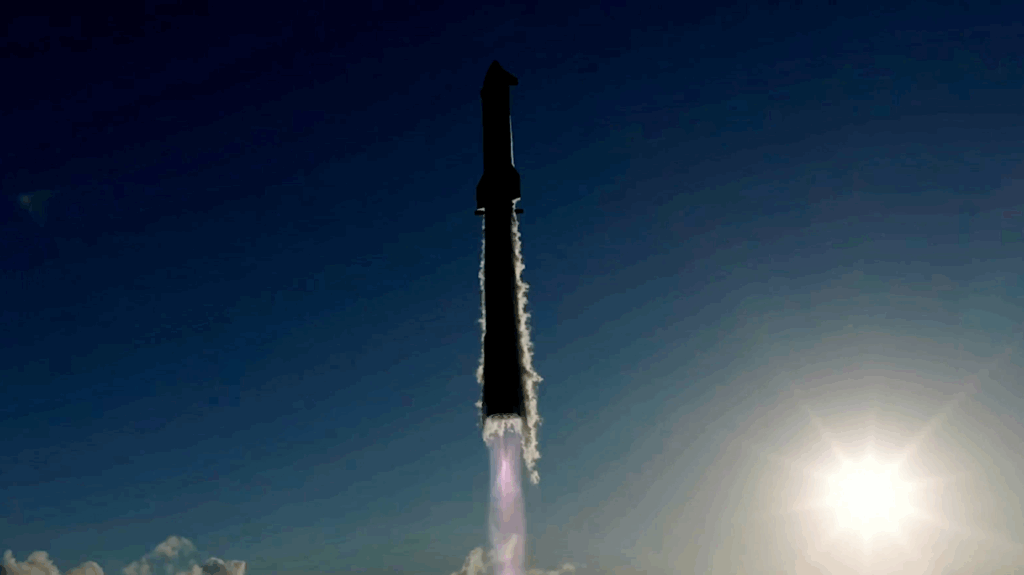
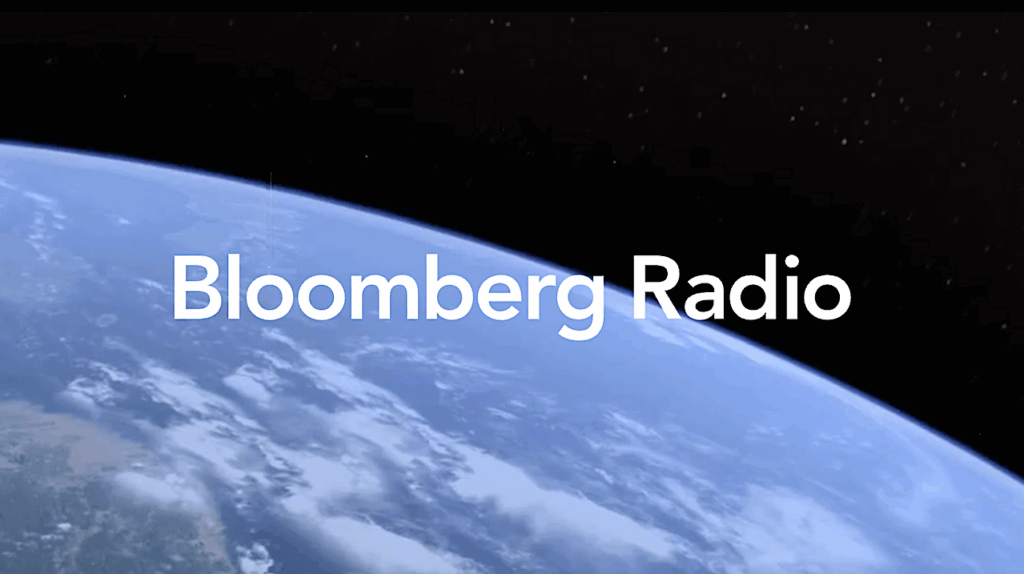
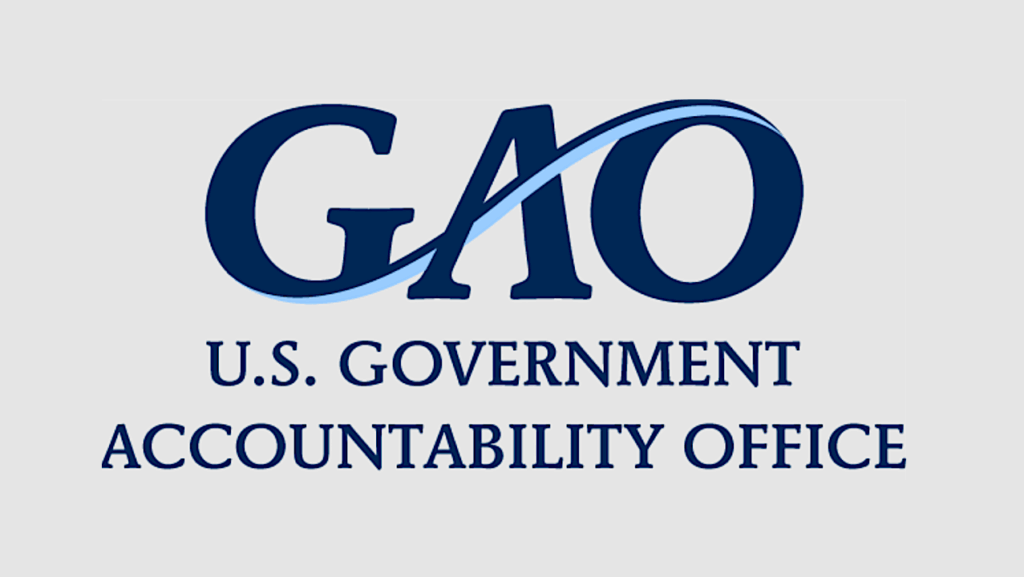

So, from these tweets it sounds like NASA is intent on turning over operation of the ISS, and most costs associated with its operation to a “commercial” entity, perhaps like CASIS.
We had previously heard that NASA (or at least Gerstenmaier) is intent on abandoning LEO because NASA is going to busy with humans exploring Mars. This sounds like a plan.
It doesn’t sound like a realistic plan.
NASA is the only US organization funding operation of ISS. Thirty years ago NASA had a similar idea of turning over operation of Shuttle to a commercial entity. They started it with the STSOC contract. NASA Engineering abandoned systems management and development and that proved to be a major mistake. USA, Inc was created and proved to be very profitable for all of the USA managers and shareholders. But all the money came from NASA. JSC refused to relinquish operations. Costs to operate Shuttle increased with both NASA and USA providing staff to work ‘redundantly’. Why would turning ISS over to some commercial entity be different?
With minor exceptions, NASA seems to be paying about 99.9% of the US costs associated with doing anything on ISS. One or two entities, like Nanoracks, seem to be making a profit, but those profits do not seem to make their way to NASA for operation of ISS. After 5 years of CASIS, and 10 years of the ISS National Lab, few users, and apparently none who pay their own way, have surfaced. One of the leading problems seems to be that there is no capacity, mainly restricted by crew time, to be able to actually use humans to do anything on ISS. Why, if after ten years, no paying customers have surfaced, do we think that in the next 8 years something will change? It seems unrealistic. Is NASA changing its stratregy? Have new personnel been assigned? Have we seen any signs of it?
Since NASA intends to no longer be in the ISS business after 2024, I wonder what NASA will be doing? Getting ready to fly that next Orion capsule around the moon in 2028? Getting ready for that first Mars mission in 2045?
I don’t think anyone at NASA has given this any serious thought.
I agree that essentially all the funding for ISS comes from NASA, whether directly in the operating budget or through NASA awards to researchers or other users. Realistically there is no way CASIS can create private capital to fund the ISS. That said, there may be significant research that can utilize the ISS, particularly in the very complex field of Earth observation, that has practical value and deserves government funding.
On Earth observation: the ISS orbit limits what’s possible.
On funding: CASIS seems to agree although they do seem to think there’s profit to be had in selling access. At least that’s what I could glean listening to them yesterday.
Actually, no. ISS’ high inclination goes over most of the planet’s land area, with the notable (and probably crucial to future survival) exceptions of Antarctica and surrounds of the Arctic Ocean. The orbit is certainly more useful than the original pre-Russian-involvement baseline of 28.5 deg when very few people could see it or be seen.
Inclination and ground coverage aren’t everything. Sun angles and local time can be important, and ISS isn’t Sun-synchronous. Frequently observing the same location can matter for some observations, and ISS isn’t all that good at that. ISS is one, big observing platform; for diverse requirements, a large number of smaller platforms might be better.
The ISS utilization statistics show significant improvement in crew time for research: http://goo.gl/8VXoKb. Utilized hours for Expeditions 37-40 is ~3 times the average utilization for Expeditions 0-40.
With the exception of initial deployment and final stowage, all experiments should be automated, whether they involve space observation, Earth observation, or microgravity phenomena. Crew time should be reserved for station maintenance and repairs.
Automation costs time and money which most researchers find a difficult hurdle. It also can increase safety concerns, which in turn causes increased scrutiny, lengthened schedule, and greater chance of anomalies. Government investment, whether from NASA or other government agencies is required for most basic research. A few industries like pharma might be able to afford to pay part of the bill, but not likely the full cost of transport or operation. NASA had been a major investor in research, mainly through academia.
You surprise me, Dr. Woodard, with a pretty broad statement. Clearly some experiments need human intervention, particularly involving live subjects.
I’ve also wondered, though, why the station needs so much upkeep.
It wasn’t really designed with maintenance in mind. The early Freedom designs made no allowance for maintenance. I think the result is that ISS is maintenance-intensive, simply because easy maintenance was not a design requirement or goal.
I’m not sure I agree. Most terrestrial lab experiments involve a huge amount of trial and error. You try, find out about instrument settings which were not quite right, adjust them, try again and, in general, fiddle around until things work. That would also be true on ISS, and it may be more efficient for the crew to the fiddling around than someone on the ground doing so by remote control.
To say that nobody at NASA has given this any serious thought indicates more research is needed. By you.
Gerst’s comments are consistent with his recent comments and they are consistent with a guy trying to guide an organization in a direction that if fully revealed might draw congressional pushback; he’s trying to move the ball forward without shooting himself in the foot.
Just another perspective.
I don’t think Gerst has ever been too fussed about the destination. As far as I can see he just wants a #JourneyToSomewhere rather than a #JourneyToNowhere. Here’s another example from last year: http://goo.gl/49G3Rl – “Gerstenmaier…appears to be steering the agency back toward a program that would more fully utilize the moon. ‘Resources from the Moon could be extremely beneficial for Mars missions’.”
He’s been very clear on this and has recognized that while it might look like there’s no clear direction he (and others) try to move the agency forward while keeping options open.
I’m not a big fan, but I recognize the issues and the scope of difficulties running the Agency. It’s like juggling 10 balls at once in front of a circular audience constantly shouting “over here!” and “wrong balls!”
The discussion of aeronautics seemed better organized and more optimistic than it has been in some years,